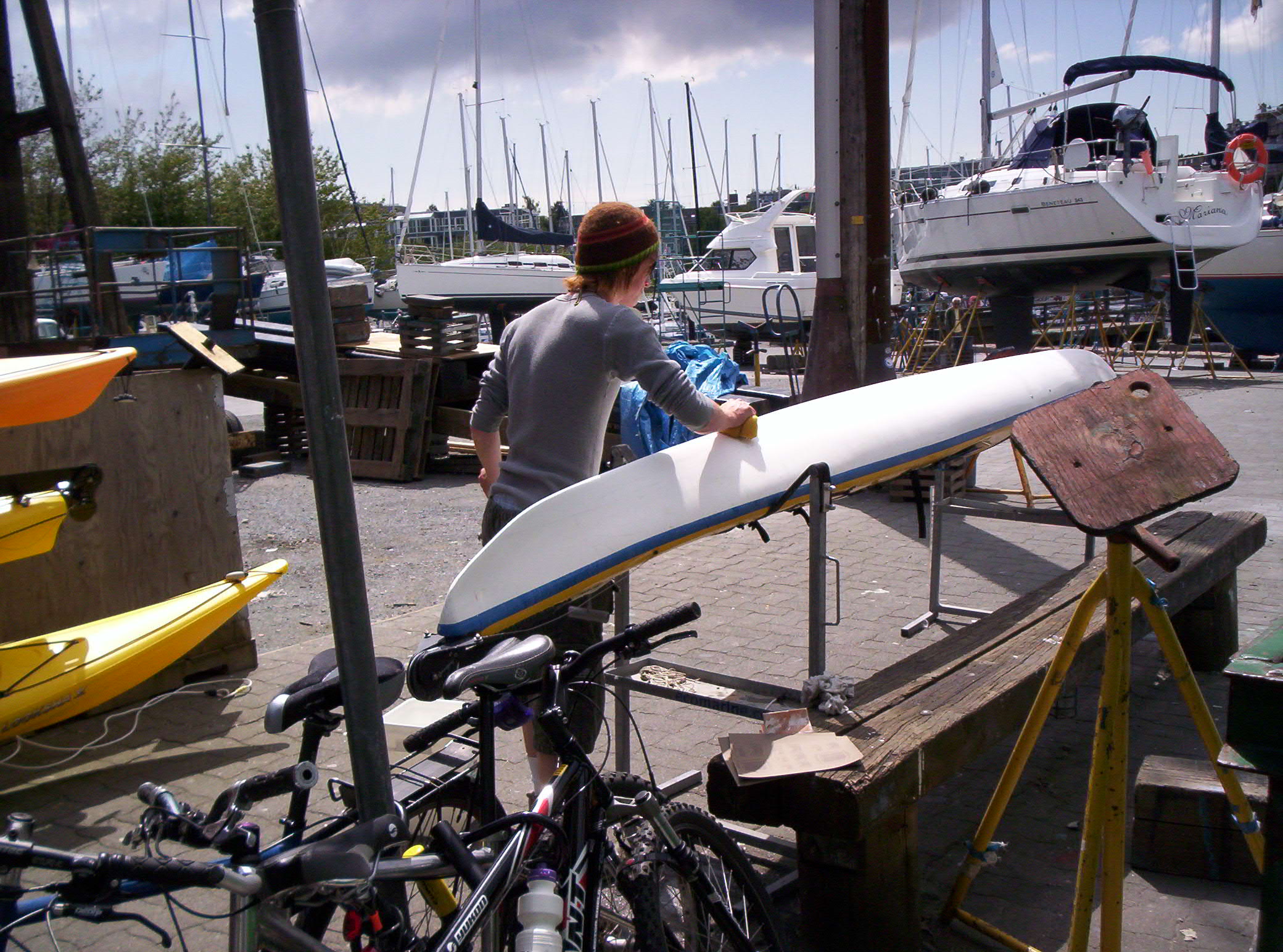Are city planners partly responsible for the rise of the right wing, anti-globalism movement that gained momentum in 2016?
Manufacturing jobs in North America traditionally have offered salaries high enough for individuals without post-secondary education in urban centres to make enough money to live a middle-class life and raise a family. These jobs built many of North America’s largest and oldest cities. In 2016, we saw a political movement emerge in Europe and North America raising the profile of the culture, values and plight of the disenfranchised working class.
While most of the source of this shift away from manufacturing was the result of international trade agreements and multi-national corporate decisions to focus on areas with lower wages, cities have played their part.
Planners’ most powerful tool is zoning – the ability to control what land uses occur on any piece of land. Zoning was originally created to use distance to separate industry from most other uses. This made sense when “industry” meant something very dirty and dangerous. However, today, the percentage of “industry” that is truly dirty and dangerous for others to work, shop, learn or play around, is very small. Most industry in Canada is relatively benign.
A few years ago, I created a matrix out of all the land uses in the City of Vancouver zoning bylaw and evaluated the possible “conflicts” between all permutations of these uses. Only a few emerged for any type of industry that is not old-school, heavy, dirty and dangerous. These include: noise, odour, heavy truck traffic, loading, messy storage and some increased safety risk from chemicals or explosions. The majority of these conflicts can be relatively easily dealt with by controlling design and use patterns. More importantly, we control most all of these issues already through other municipal bylaws.
This means that today, we can (and must) integrate industry back into our urban fabric.
There could be many benefits from this approach. It could save industrial jobs, support new artisan industrial companies, reduce transportation, diversify our job base, and increase authenticity. Significant effort and marketing spin is expended to create a sense of “authenticity” – but it is actually manufacturing that creates authenticity. The opposite of authenticity is “consumer culture” because it is customer focused. Authenticity comes from people and places being about “themselves”, not about selling to others. Manufacturing is “producer culture” and a great source of non-self conscious authenticity in the urban fabric.
Concurrently with the globalization of everything has been a rise in the interest of the “local and hand made.” This movement has been named the “Maker Movement. The Maker Movement is putting down deep roots in many areas. It is visible in the food movement everywhere, but it is now reaching back into traditional manufacturing sectors, including a resurgence in the the old manufacturing cities of the USA.
Planners need to move past our prejudices about mixing industry with other uses. In rapidly growing and expensive metro areas, residential and commercial expansion is pushing industry out to the far edges of metro regions, with many undesirable implications. Industrial-oriented public sector planners in some areas have most recently focused on trying to save industrial land from conversion to other uses, but many seem to be blind to the reality of not just needing to save industrial land, but actually to expand industrial land at the same rate that population expands, in the same landscape – as new industrial land is required for urban functions necessary to serve the new population. A focus on saving industrial land is the wrong mind set. Yes we need to save it, but we actually have to reintegrate it and expand it within existing neighbourhoods.
Industrial space cannot pay the rents that commercial, office, retail or many other uses can – it is one of the lowest paying land uses. However, by intensification, incentives and mixed-use zoning, we could integrate low-paying industrial space into our other space and cross-subsidize it from profits made from other uses and increased density. We do this now for “affordable housing” and cultural uses – why not do it for industrial space?
We need a new “industrial urbanism.”
While planners shouldn’t be solely blamed for the loss of manufacturing and the rise of the disenfranchised “right”, we must admit that we played a part by pushing industry out of our cities and celebrating the gentrification of everything.
The Maker Movement offers a powerful new embrocation economy for cities to embrace. It is small as a percentage of an economy, but an increasingly big part of culture and identity for some – and all bonfires start with a small flame. If we can embrace industry and work hard to use our planning tools to find homes for it in every neighbourhood, we can begin to build a new working class dimension to our increasingly middle class economies that dominate our cities.
An interesting article from the Brookings Institute on Maker Culture can be found here: https://www.brookings.edu/blog/the-avenue/2017/01/04/the-maker-movement-can-catalyze-a-manufacturing-renaissance/?utm_campaign=Brookings+Brief&utm_source=hs_email&utm_medium=email&utm_content=40102294
